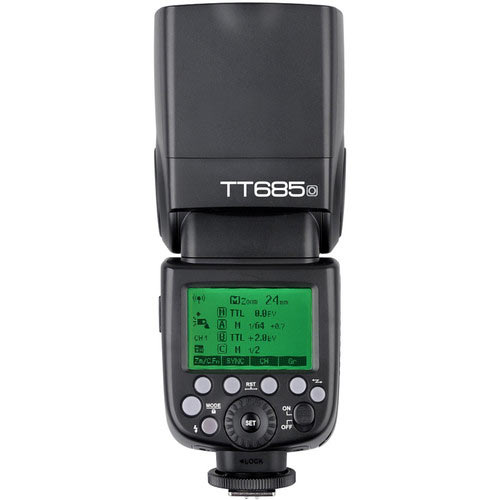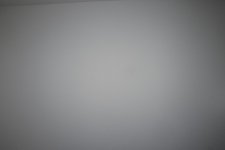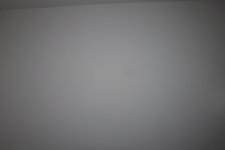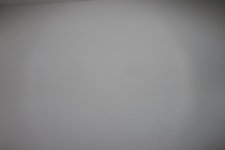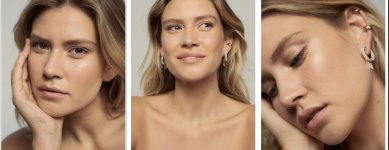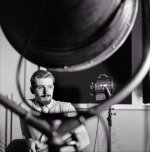Just the cheap ones, or even those made by Broncolor, Briese & Parabolix?
I don't know, because I've not personally tested them and I'm not an astrophysicist so aren't qualified to test them scientifically but . . .
Their 'round' shape is formed by a collection of rods, which prevents them from being round, and both the type and position of the light source is variable, so logic tells me that although they may be prettier to look at, better made and can be expected to last longer, they cannot be parabolic.
In the world of science, people do their research and then publish a paper about it, in full detail. A host of their contemporaries then carry out and publish their own research (peer review) and any mistaken or false statements are very quickly identified.
By comparison, in the commercial world of photographic gear, manufacturers are free to make wild claims, knowing that there will be no peer reviews. Various people then make YouTube videos about the product, some of these videos will be sponsored by the manufacturer, there may also be truly independent reviews but they aren't scientific. The manufacturer then uses the helpful videos in their marketing, and a large percentage of the buying public believe what they see and buy the product. Some of these customers then repeat the claims on forums, adding to the snowball effect.
And, on the technical side, some manufacturers just make up figures to sell their products. This happens a lot with guide numbers, flash duration and colour temperature figures. I remember going to a factory in China to look at a brand new IGBT flash (one of the very first). I tested it with a colour temperature meter and found that the figures were completely false. I asked the manufacturer about it, and his response was to ask me what this strange meter was! When I asked him which meter he had used he said that his chief engineer had done all the technical stuff, he didn't speak any English but I could ask him about the technical details. The language wasn't a problem because I had a Mandarin speaker with me and, in any case, equations on a whiteboard aren't limited by language, but was then told that his chief engineer was away on holiday.
You think I'm exaggerating the problem? Well, Godox say in their marketing material that the V1 produces a "beautiful soft light" and the public believe it, and then repeat that statement on forums

I'm
not suggesting that the V1 is a bad product, but the fact of the matter is that even terrible products can be hugely successful due to deceptive marketing.
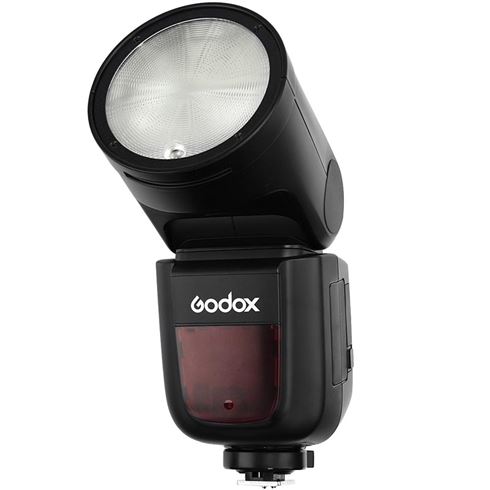
 www.photospecialist.co.uk
www.photospecialist.co.uk



